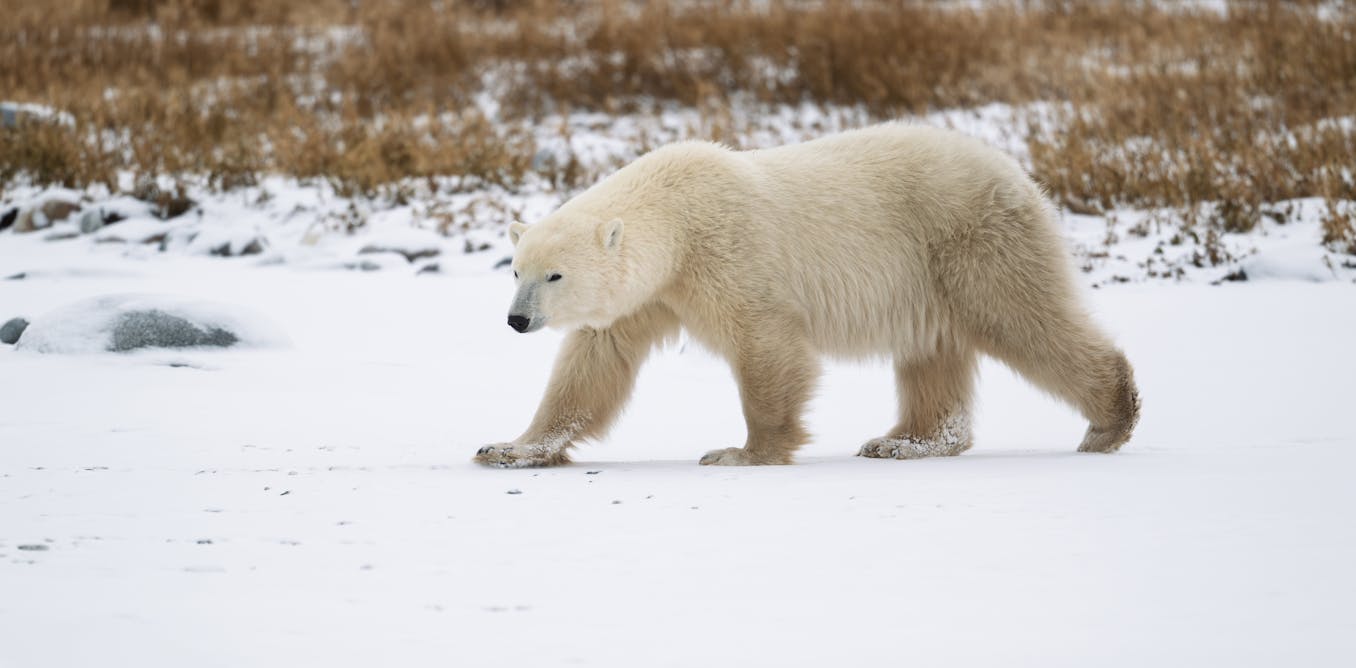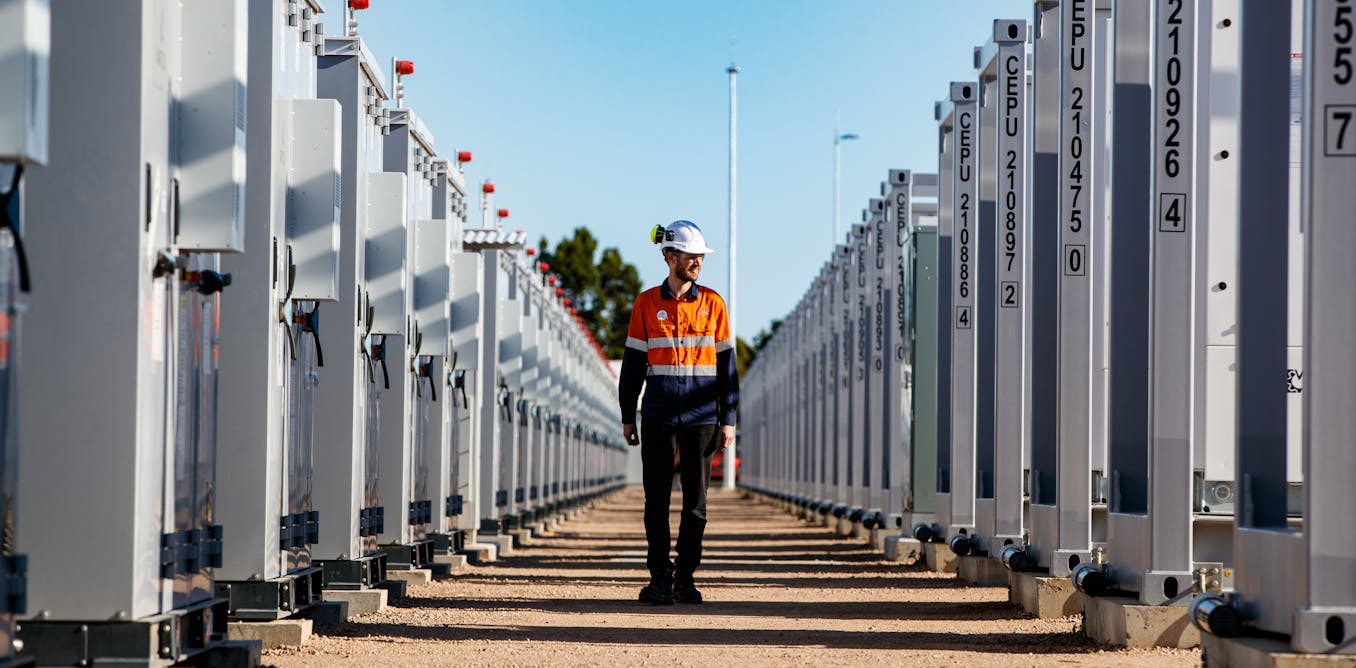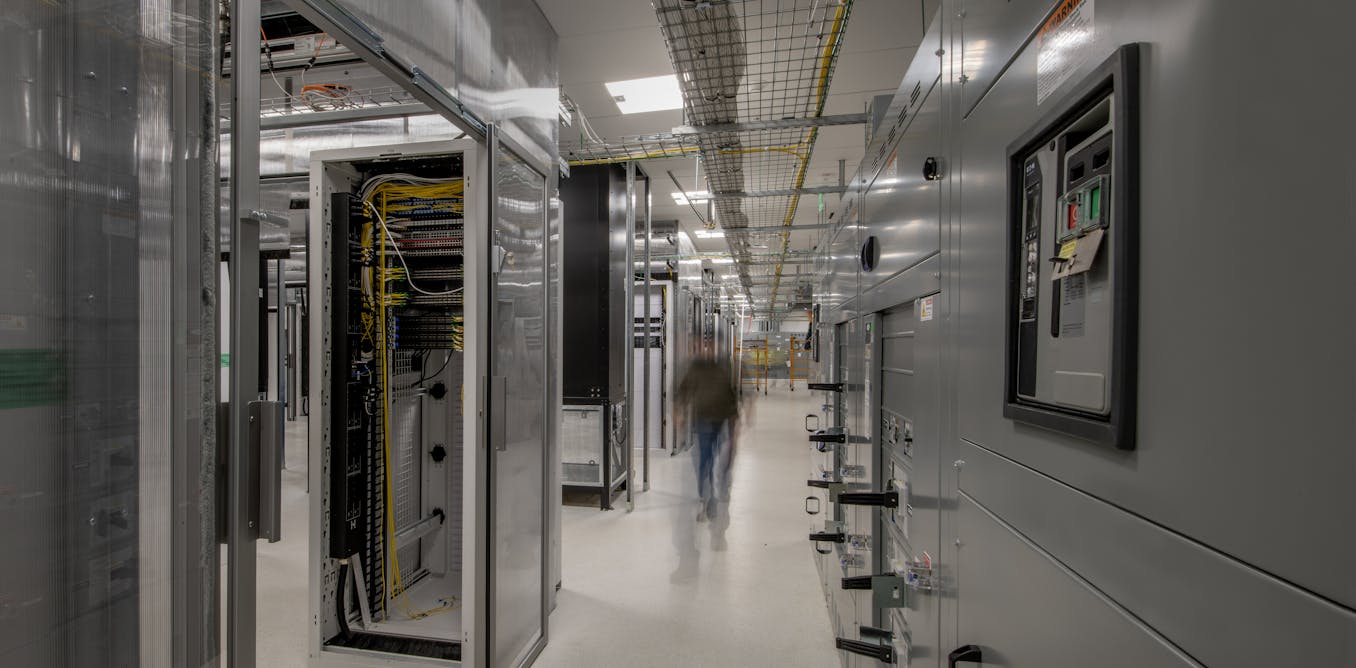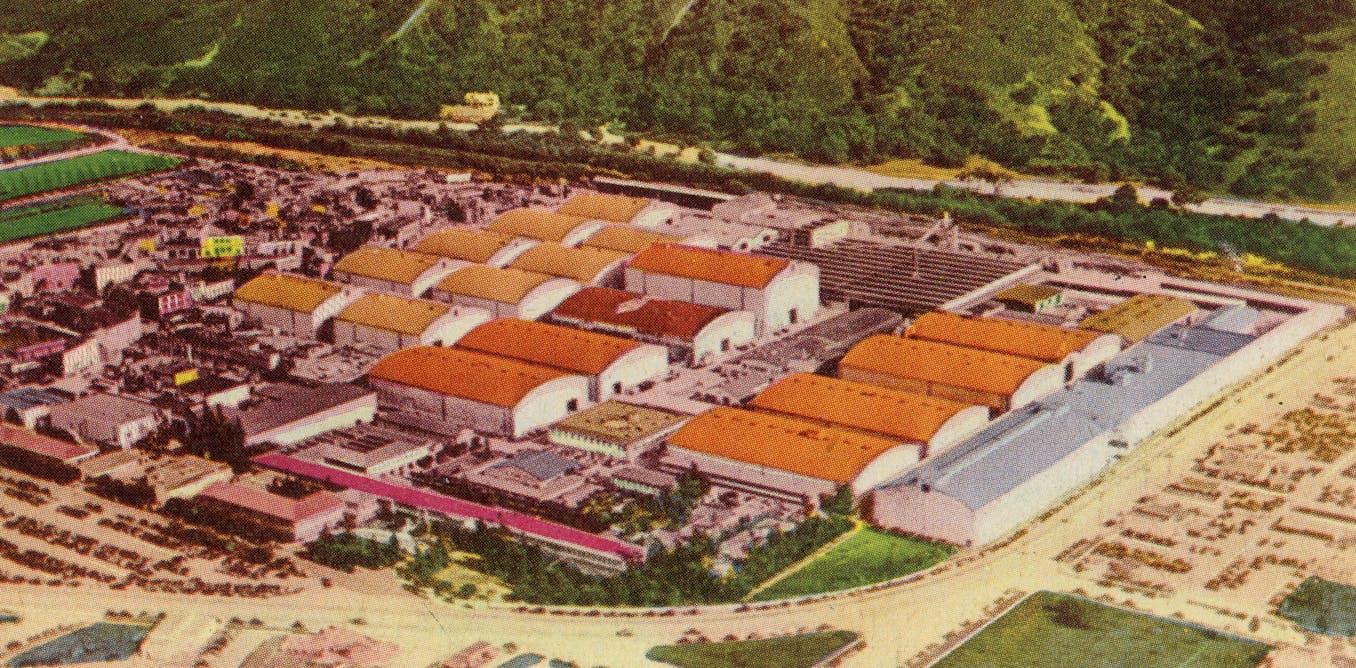Attending Burning Man is an investment. There’s the $575-plus needed for a ticket; more for the flight or long drive to Nevada’s remote Black Rock Desert, where the event takes place each August. There’s the money for food, outfits, a bike and the many other supplies needed to survive in the barren setting. Most attendees take time off from work, including a few days on the back end to get home and recover. It’s hot, dusty and often mentally, emotionally and physically draining. A lot of people love it; others say they’d never go, and some simply don’t have the resources to make it happen.
But while the Burning Man Project’s famous mothership event is happening this week (Aug. 26-Sept. 2), more than 100 officially recognized Burning Man events, called “Regionals,” have long offered people around the world a chance to Burn more locally. In 2023, 93,000 people attended these global Regionals. There’s Kentucky’s Singe City; Michigan’s Lakes of Fire; and events in Arkansas, Utah, Virginia and approximately 70 other U.S. sites. The biggest Regional, AfrikaBurn, draws roughly 10,000 to Cape Town, South Africa every April. Taiwan’s Turtle Burn launched in 2019. Each July, roughly 400 people gather in the Romanian forest for RoBurn.
Burning Man 2024 has made headlines for not selling out for the first time in years, with tickets usually very difficult to get. (Oakland’s KTVU reported that attendance is expected to be approximately 70,000 this year, down from roughly 74,000 in 2023.) But while many Burners say the extreme heat of 2022 — when daytime temperatures reached 106 degrees — and the headline-making rain of 2023 are reasons many veteran Burners are taking this year off, Burning Man CEO Marian Goodell also points to the generally soft festival market, and to the Regionals.
“The goal has always been to decentralize this, because Black Rock City was never going to have the capacity,” Goodell says. “And with travel challenges, the cost, the heat — it isn’t for everybody. But when I meet people that tell me, ‘Are you f–king kidding me?’ [in regard to going to Black Rock City], I’m like, ‘Well, where do you live?’”
Goodell and Burning Man Project — the San Francisco-based 501(c)(3) nonprofit that produces Burning Man and supports the global Burning Man community — has been directing Burners to Regionals since 1998, when the first official offshoot launched in Austin, Texas. Regionals had been germinating since 1997, when representatives for Pershing County, where Burning Man is held, sent organizers a huge bill for county services at the end of the event. Groups of Burners offered to fundraise, including one based in Austin. The internet had just come online, so Goodell (who would become CEO in 2013) created [email protected] to help facilitate the fundraiser, and the first Regional group was born.
“Then I did New York, Canada and Seattle,” she says. “The internet allowed people to leave Burning Man and say, ‘Where are the other Burners?’”
As it turned out, with the global Burning Man network growing in tandem with the growth of the main event, they were everywhere. Soon, groups of Burners were meeting up across the country, placing glowsticks on bar tables to identify themselves and, in doing so, living out the Burner philosophy that it’s not just an event, but a culture that can exist anywhere.

Ignacio Roizman has traveled to Black Rock City from his home in Buenos Aires, Argentina many times over the years. Wanting to help bring Burner culture back home, he co-organized Argentina’s Regional, Fuego Austral, in 2016, when two groups of Argentinian Burners who’d been gathering for meetups joined forces to put on a multi-day campout.
“It’s very expensive to get from Argentina to the U.S.; you need a visa, you need the supplies,” Roizman says. “It’s basically an economic and logistical challenge.”
The most recent edition of Fuego Austral, in February, brought roughly 1,000 people to a swath of verdant farmland four hours outside of Buenos Aires. Like in Black Rock City, there was art, music and the ritualistic burning of a man made from wood. (In the past, Israel’s Midburn has set fire to both a man and a woman.)
“The biggest difference between Regionals and Black Rock City,” Roizman continues, “is the intimacy you can create in a space where you have 1,000 people instead of 80,000. By the end of the week, everybody knows each other.” Most Fuego Austral attendees have never been to Black Rock City, although Burners from countries like Brazil, Israel and the U.S. have flown in to attend.
Representees from The Org (as Burning Man Project is called in Burner parlance) advise Regionals on how to organize, with a few primary requirements. One is that events start small, with Goodell saying that even 1,000 people is too big for an inaugural year. Organizers need to have gone to Black Rock City at least once. Like Black Rock City, Regionals must allow children.
“We have a team that decides if the intention is in the right direction and if the people are skilled enough to do it,” says Goodell. “We’ve taken permission away when events looked more like a rave.”
Aspiring Regionals must also abide by Burning Man’s 10 Principles, the social guidelines for existing at a Burning Man event; these rules were in fact created in 2004 as a response to the Regionals. When the Regional network was taking shape in the late ‘90s and early ‘00s, Goodell put groups on an email thread with late Burning Man co-founder Larry Harvey, who answered their questions. Over time, the Principles — which include radical self-reliance and leaving no trace — developed as, Goodell says, “a direct response as to what kind of guidelines would help facilitate a Burning Man event.”
“One of the first questions was, ‘Why can’t we do vending? We want to be a Burning Man event, but we want to sell hot dogs or whatever,’” Goodell recalls. Harvey’s response spurred a discussion that ultimately created the “gifting” and “decommodification” Principles, the latter of which states that “our community seeks to create social environments that are unmediated by commercial sponsorships, transactions, or advertising.”
The Org also offers practical support, helping Regionals write press releases or find an attorney if legal advice is needed. They step in if a death happens at a Regional (which has happened a handful of times over the years), provide advice on creating a business entity like an LLC and, Goodell says, “sometimes go in to help with drama.
“Different cultures deal with different problems differently,” she adds. “The folks in Sweden, for instance, lean towards more socialist solutions when making decisions. Parts of the United States might be more hierarchical.”

In a more obvious way, most Regionals look very different than Black Rock City, which is famous for its barren environment. For many, this singular landscape is what makes Burning Man Burning Man.
“We’ve asked ourselves that a lot,” Goodell says of whether the intensity of the desert defines the event. “When I first joined the organization, I asked Larry, ‘Why the Black Rock Desert?’ He said it was a practical thing; that when you’re in nature and forced to reflect on yourself and your role in nature, you can see how small you are. Plus [the environment] makes you band with others for your own survival.”
The philosophy here is thus that Burning Man is not defined by being caked with a layer of dust, but being in the middle of nowhere. (To wit, Spain’s Regional, which takes place in the Monegros Desert, is called Nowhere.)
“Through the evolution of the Regionals, we’ve discovered you really should be as remote as you can, but it can be green rolling hills,” Goodell says. “You should not be walking to a store or gas station. To me, that’s more important than the weather being hard.”
A Las Vegas Regional she attended was visible from the road, which, she says, “was a negative.” Miami’s Love Burn, which takes place on the city’s Virginia Key, also has “a lot of challenges” given that attendees can Uber there and stay for a day. Goodell says these shorter experiences are “just not as transformative” as a multi-night event.
But Regional organizers do find ways to build in challenges. Fuego Astral requires attendees to be dropped off at the front gate and then walk across the sprawling site to get to their camp, which makes it so, Roizman says, people “have experienced that sense of overcoming a challenge.”
But while Black Rock City is remote, given that tens of thousands of people arrive there and build a bustling and often very noisy city, it’s not an ideal setting for those who prefer country life.
“Black Rock City has a culture that’s sometimes very urban,” Goodell says. “A lot of people will tell you they’d rather go to Michigan’s Lake of Fire that has 2,500 people instead of 80,000, because they live rural.”
A young Burning Man staffer recently attended Lake of Fire, which happens in Rothbury, Michigan, to help The Org figure out why young people aren’t going to Black Rock City in high numbers. “She feels like the cost is one of the reasons,” says Goodell, who teared up when seeing photos of lights reflecting on a lake at Lakes of Fire in a way that reminded her of Black Rock City. “You don’t have to go to Black Rock City to be touched, create new community, collaborate on art and be together.”
Goodell says for her it’s especially satisfying to see Regionals develop in places like the former Eastern Bloc, where creativity has often been stifled by socio-political circumstances. She says while the Russian and Ukrainian groups are both currently “a bit stunted” because of the war, people from these countries are in attendance this week at Black Rock City. Israel’s Midburn, the second largest Regional after South Africa, typically brings 10,000 people to the desert, but scaled down to about 1,500 this year due to the war. The Thai and South Korean Regionals are produced largely by foreigners, although Goodell says that “we really would prefer locals produce the Burning Man culture and not the traveling expats.”
The goal with the Regionals is simply to keep growing them. This past April, the European Leadership Summit Gathering happened in Talinn, Estonia and brought 30 staffers and 200 Burners from Europe and beyond together for panels and networking. Estonian Burner and Summit attendee Pille Heido says the experience provided the education and inspiration to “make sure people don’t just focus on that one event in the desert in August, which is great, but make sure there’s other things you can do outside of it as well.”
Goodell says additional funding for Burning Man Project would help spur the Regionals network, with South America and Asia being regions “that could use more encouragement.”
But where this money will come from is, she says, “the 10-million-dollar question.” While Burning Man Project raised $8 million in 2023 through ticket sales and philanthropy, “We’re absolutely at a point where we’re going to need to have a conversation about the longer-term method.” Goodell says a donation model “is the next bridge. Someone who doesn’t go to Back Rock City might still give $250.”
While potential solutions are considered, Goodell says Black Rock City being down in population this year is, in a way, a sign of health. “We’re proud of the fact that people are like, ‘I went to my Regional this year, so I’m taking a year or two off.”

The post “With Burning Man Under Way In Nevada, Inside Its Network of More Than 100 Global Events” by Katie Bain was published on 08/29/2024 by www.billboard.com









































Leave a Reply